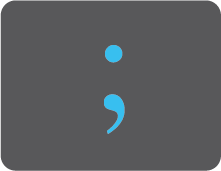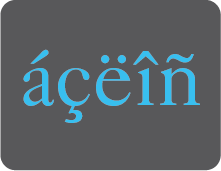
Punctuation Marks

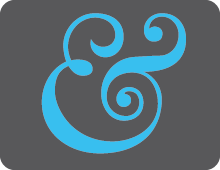
Ampersand
A punctuation mark used to represent conjunction. It is often used in place of the word and.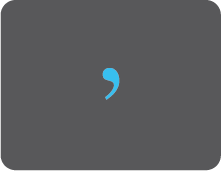
Apostrophe
The mark used to indicate the omission of one or more letters from a printed word.
Asterisk
A symbol used to mark printed or written text, typically as a reference to an annotation or to stand for omitted matter.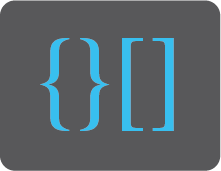
Braces/Brackets
Either of two punctuation marks used to enclose textual material.
Bullet
A small symbol, such as a solid circle, printed just before a line of type, such as an item in a list, to emphasize it.
Colon
A punctuation mark used after a word introducing a series or an example or an explanation.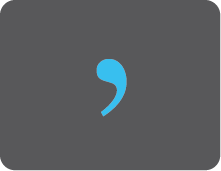
Comma
A punctuation mark used to indicate the separation of elements within the grammatical structure of a sentence.
Currency Symbols
A symbol that represents a currency in a foreign exchange transaction. Common currency symbols include $ (U.S. dollar),€ (Euro), £ (British Pound), and
¥ (Japanese Yen).

Ellipse
A punctuation mark that consists of three dots (periods). It is used in place of missing words. If you intentionally omit one or more words from an original text, you replace them with an ellipsis mark.
Em Dash
A specific type of hyphen that is equal in length to the lowercase m of the font.
En Dash
A specific type of hyphen that is equal in length to the lowercase n of the font.
Exclamation Point
A punctuation mark used after an exclamation.
Hyphen
A punctuation mark used between parts of a compound word or between the syllables of a word when the word is divided at the end of a line of text.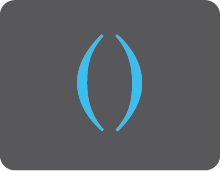
Parentheses
Either of two punctuation marks used to enclose textual material.
Period
A punctuation mark placed at the end of a declarative sentence to indicate a full stop or after abbreviations.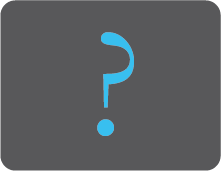
Question Mark
A punctuation mark at the end of a sentence that indications an inquiry or question.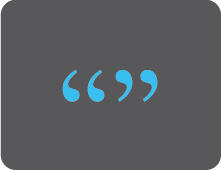
Quotation Marks
A punctuation mark at the end of a sentence that indications an inquiry or question. Punctuation marks used in pairs to indicate speech, a quotation, or a phrase. The pair consists of an opening and closing pair of marks. They should not be confused with the inch mark. Proper quotation marks are typically called Typograhers quotation marks.